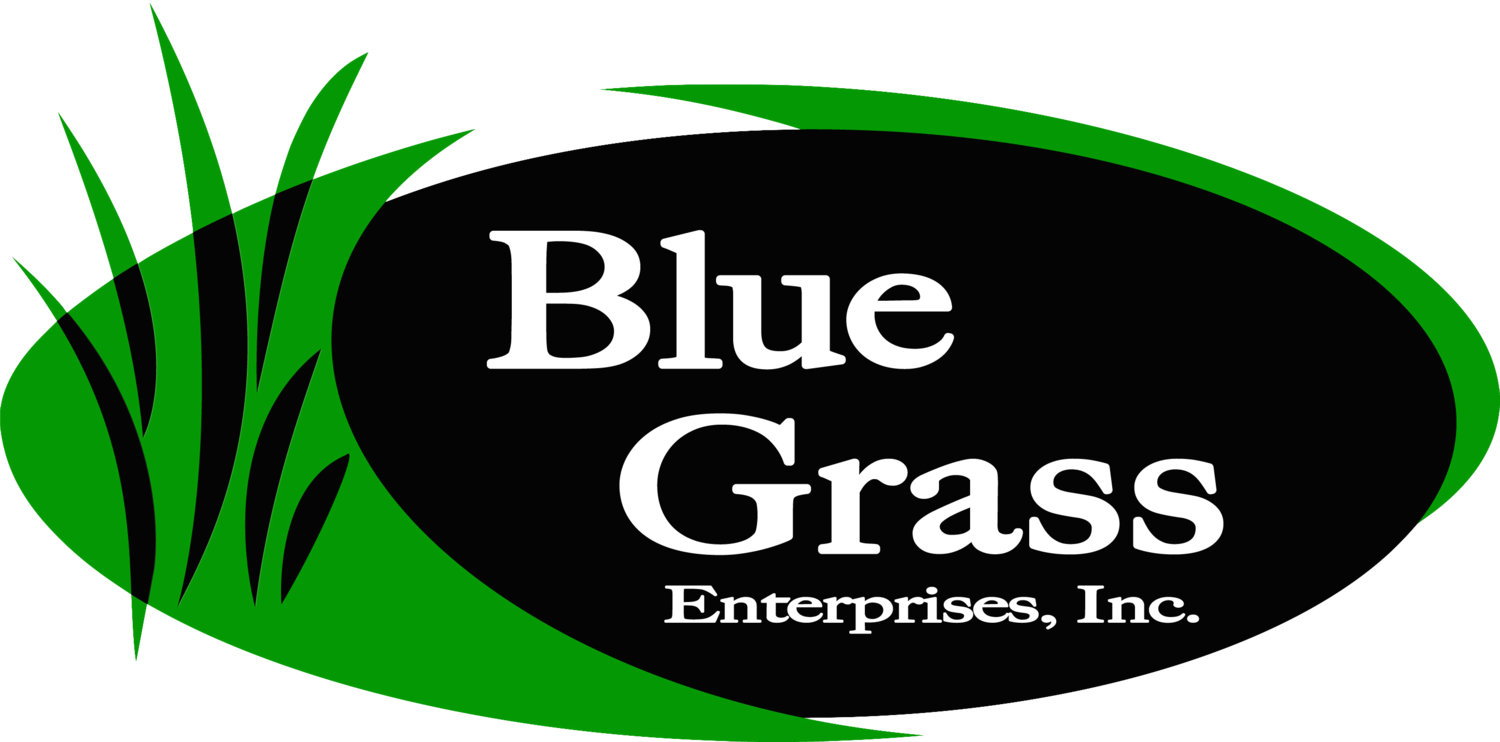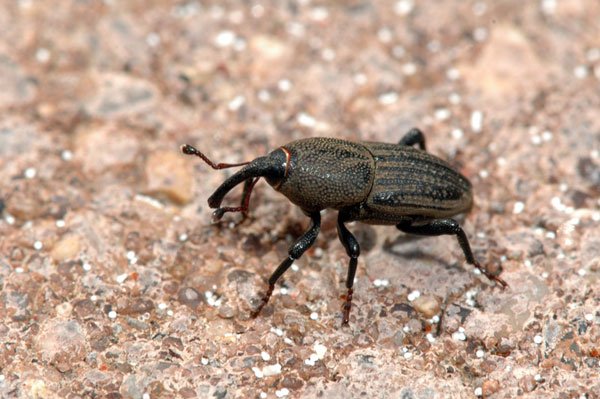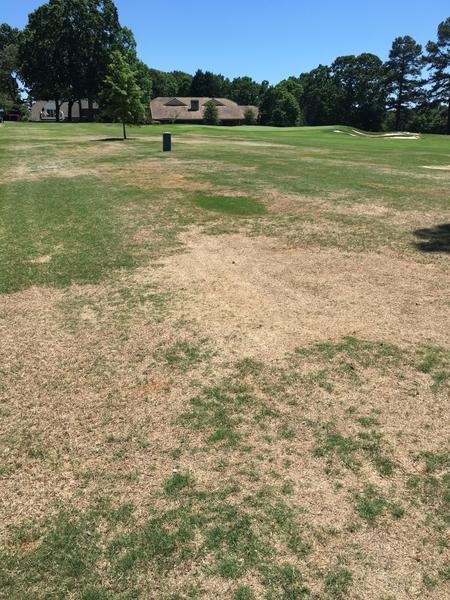Exhibit A: 10/10. Very boop-able snoot
Boop-Able Bugs? I’m suspicious.
Exhibit B: Bluegrass billbug. 7/10 Boop-able? But look at that snoot!
If you are not familiar with the term “boop that snoot!” in popular culture, it means simply this: to see an adorable animal nose and either a) want to tap it with your finger saying “Boop!” or b) actually tap the snoot in real life and say “Boop!” as a form of affection or endearment.
Never wanted to boop a snoot? I would like to draw your attention to Exhibit A as an example. See what I mean? Who wouldn’t want to Boop!?
Which brings to me the philosophical question floating around our office today. Can an insect be boop-able? If so, the bluegrass billbug surely should be in the running for consideration.
Observe Exhibit B… As lawn pests go, it’s almost cute!
Wow! This article has barely begun and I’m already down a rabbit hole. Goodness!
Billbug damage in a Kentucky bluegrass lawn
Enough with snoots. What new evil is Bluegrass Billbug?
Bluegrass billbug is an occasional annoyance of Kentucky bluegrass lawns here in Iowa. Although billbugs prefer Kentucky bluegrass (as the name implies), they will also feed on other common lawn species, such as perennial ryegrass and fescues.
Adult bluegrass billbugs are weevils, or snout beetles (or should we say “snoot beetles?”), with a curved snout. Adults are about 1/2 inch long and dark brown to black, are laughably slow-moving, and sometimes “play dead” when disturbed. These are the types of critters that are just derpy enough to make you wonder how they have survived this long.
Billbugs are easiest to see on sidewalks and driveways. After mating in the early spring, females lay eggs in cavities chewed into plant stems near the crown.
Newly hatched larvae are small and C-shaped, and feed for a few weeks inside grass stems before moving to the crowns and root zone. There they can continue to feed on roots and underground stems.
“C Shaped” larvae. 0/10 Boop-ability
Billbug larvae usually feed just below the thatch layer, but occasionally feed as much as 2 to 3 inches underground. The heaviest damage occurs in late June and early July, with pupation at the base of the thatch by mid-July.
As you see from the included photos, billbugs primarily target the crown and lower shaft/leaf of a grass plant. Unfortunately, the grass plant often doesn’t fully die until a few weeks (or even months) later, when the high heat of summer hits. The damaged, and now dehydrated, plant can no longer survive both the physical stress of the injury and the increased dehydration pressure from the torn and exposed plant material.
Why would it be unfortunate that the damage doesn’t show up right away? Doesn’t that mean less time looking awful!?
Yes? But not having instantly identifiable damage makes it extra hard to pinpoint what exactly is going on in the lawn because the adults are long gone by the time you see anything wrong. #ninjaattack
The best course of action at this point is to get a positive ID on who the insect culprit was.
Because the adults are gone by the time obvious damage is apparent in the yard in the summer heat, Billbug damage is often mistaken for white grub or sod webworm damage, disease, or even plant stress due to drought damage. There are two key things we listen/ask for when customers are describing mysterious dead areas in their lawn during the summer.
Great photo of the “sawdust-like” damage at the bottom of the stem of a bluegrass tug test.
Customer During Hot Period in Summer: “I don’t know, it was fine, and then it suddenly all died when it got hot. It doesn’t matter how much water I put on this area of my lawn - it is all super crispy and dead.”
The Tug Test. If we suspect from photos or verbal descriptions that someone might have billbug damage, we will ask them to perform a very easy “Tug Test.” Simply tugging on the failing area should result in the blades of grass easily tearing away, with the bottoms of the plant (where the crown should be) looking like it has been shredded (almost like sawdust). Interesting side fact here: you might find frass in this damaged grass (frass is a fancy word for weevil poop; it’s tiny and white.). I just really enjoy that frass and grass rhyme and I couldn’t miss this opportunity to use it in a random sentence.
So how do you recover from and prevent future billbug damage?
Since nothing can be done to stop the existing damage from billbugs once summer has hit, focus on rebuilding your lawn for the rest of the growing season.
Unfortunately, the damage from billbug is often extensive, meaning that it isn’t normally an option to be able to encourage regrowth with fertilizer from the remaining plants. Sod is, of course, the fastest way to achieve an instant lawn. But, we also carry seed and provide information about seeding techniques found here. Essentially, you must choose the lesser of two weevils. pause for laughter (I have been setting up that joke for at least two paragraphs now. Please forgive the horrible pun. But what do you expect from someone who watches grass grow for a living? ;) )
No matter which option you choose for repair, the most vital step will be to apply Step #2 w/ Dimension & Acelepryn early next spring; as these little critters will be repeat offenders if your lawn is left untreated.
Acelepryn is a pollinator-safe insecticide that is applied in early spring (think the middle of April in a typical year) that prevents billbug damage for the coming season. It is just the thing you will need to break the merry-go-round life cycle coming your way again next spring.







